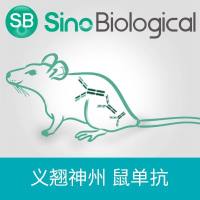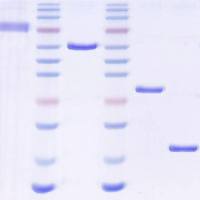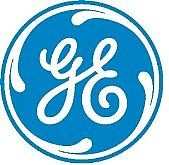Methods to Study Phosphorylation and Activation of the Hormone-Sensitive Adipocyte Phosphodiesterase Type 3B in Rat Adipocytes
互联网
573
Cyclic nucleotide phosphodiesterases (PDE s) include a large group of structurally related enzymes that are responsible for the hydrolysis of cyclic adenosine monophosphate (cAMP) and cyclic guanosine monophosphate (cGMP). These enzymes belong to at least nine related gene families (PDE s 1–9) (1 –5 ), which differ in their primary structures, affinities for cAMP and cGMP, responses to specific effectors, sensitivities to specific inhibitors, and regulatory mechanisms. The PDE3 family (6 ) consists of two subfamilies, PDE3A and PDE3B , which exhibit tissue-specific distribution; grossly, PDE3A enzymes are expressed in the cardiovascular system, and PDE3B enzymes in insulin-sensitive cells, such as hepatocytes (7 ) and adipocytes (6 ), and also in pancreatic β-cells (8 ). One characteristic of PDE3s involves their phosphorylation and activation in response to insulin, as well as to agents that increase cAMP in adipocytes (6 ), hepatocytes (7 ), and platelets (9 –11 ), and in response to insulin-like growth factor-1 (IGF-)1 in pancreatic β-cells (8 ).









